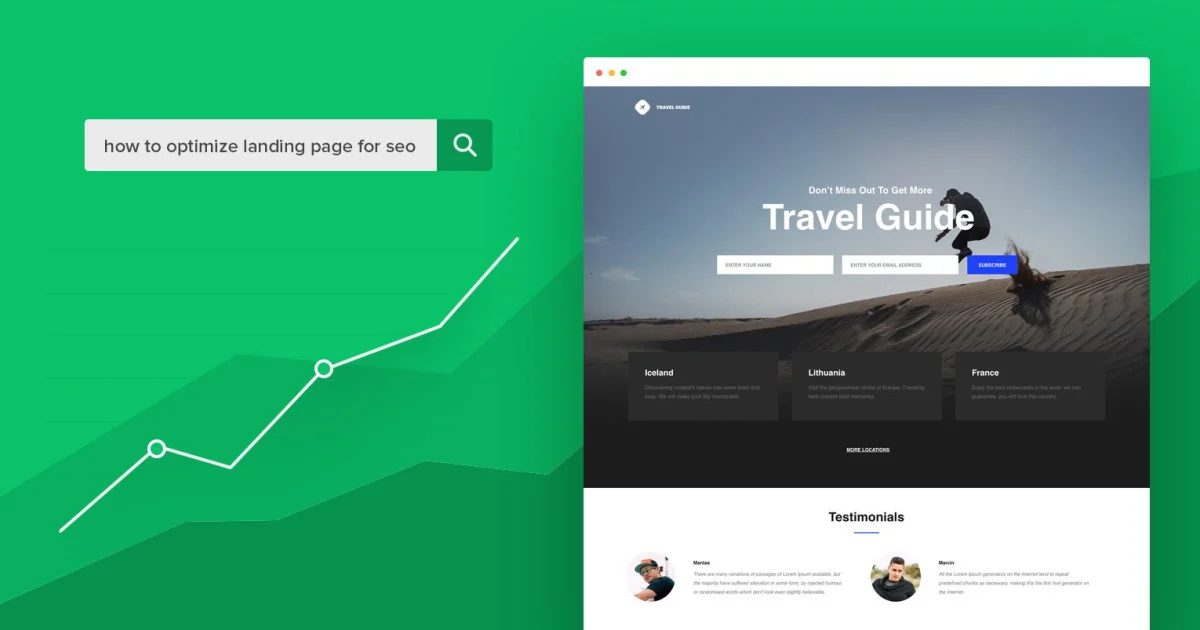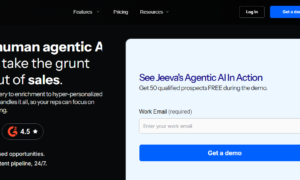Hello, travel bloggers and globetrotters! In the vast digital landscape brimming with travel blogs, making your mark can seem like climbing Everest. However, with the right travel SEO strategy, it doesn’t have to be that daunting. One undervalued yet powerful SEO tool is the humble image alt text. This often-overlooked element plays a pivotal role in enhancing your travel blog’s visibility and reach. Today, we’re taking a deep dive into why image alt text is so vital for your travel SEO strategy. This seemingly minor detail can drive significant traffic, create a superior user experience, and amplify your site’s overall visibility. So, fasten your seat belts and prepare for an enlightening journey into the world of travel SEO!
Image Alt Text: An Unsung Hero in Accessibility
Alt text primarily serves as an essential accessibility tool. It’s easy to forget that not everyone can view images directly. For example, individuals with visual impairments may use screen readers to understand the content. Here, alt text comes to the rescue by providing a verbal description of your image, enabling all users to engage with your content fully. By prioritizing accessibility in this way, you’re not only creating a more inclusive blog but also gaining favor with search engines. In the realm of travel SEO, sites that consider accessibility often enjoy improved visibility, meaning your picturesque images and alt text combo can propel you ahead of the competition.
Powering Organic Search Ranking: The Magic of Alt Text
When it comes to the intricate workings of Google’s image search algorithm, image alt text is a significant player. By accurately describing and tagging your images, you’re essentially helping Google—and other search engines—get a clearer understanding of your content. This improved comprehension can lead to a rewarding lift in your blog’s ranking in both image and text search results, inviting more organic traffic to your captivating travel content. In short, strategic use of alt text can supercharge your travel SEO efforts.
Reducing Bounce Rate: A Hidden Benefit of Alt Text
Effective travel SEO is as much about retaining visitors as it is about attracting them. Picture this: a reader lands on your blog, but some images fail to load due to a weak Internet connection. Without alt text, your reader might lose interest and leave—increasing your bounce rate. However, if you’ve used alt text, it provides the necessary context to keep the reader engaged despite the glitch. A lower bounce rate signals to search engines that your site offers value, further bolstering your travel SEO efforts.
Alt Text and Contextual Relevance: A Winning Combo
Alt text is an excellent opportunity to enhance your content’s relevance to your target keywords. When you incorporate your keywords into your alt text—avoiding keyword stuffing, of course—you’re giving clear signals to search engines about your content’s focus. This practice, known as keyword relevancy, helps your travel blog rank better for those terms. In the long run, it’s a simple yet effective way to power up your travel SEO strategy.
Social Media Sharing: An Unexpected Advantage of Image Alt Text
It’s no secret that social media platforms like Pinterest and LinkedIn are potent traffic drivers. These platforms automatically pull through alt text when someone pins or shares your image. Descriptive and engaging alt text can make your content more appealing on these platforms, potentially increasing shares and likes. More engagement on social media can lead to more visitors to your site, making alt text a hidden gem in your travel SEO arsenal.
Power of the Image Alt Text is Often Underestimated
In the vast ocean of travel SEO, image alt text might seem like a drop. But, as we’ve seen, it can create ripples that significantly impact your travel blog’s performance. By enhancing accessibility, boosting organic ranking, reducing bounce rate, improving contextual relevance, and enhancing social media sharing, alt text is an all-in-one tool that’s crucial for the success of your blog.
In travel blogging, images play a significant role in capturing the essence of a destination or experience. They are an integral part of your narrative, so it only makes sense to ensure that they are working as hard as possible to improve your travel SEO.
Alt text takes mere seconds to implement. It’s as simple as adding a few descriptive words that encapsulate your image. But those few seconds can have a profound impact on your blog’s performance. Imagine boosting your visibility just by adding alt text to your breathtaking sunset photo or the snapshot of a bustling local market.
It’s also worth noting that alt text can be a creative extension of your writing. You have the chance to further captivate your audience, even if the image doesn’t load. It’s a small space where you can inject more of your blog’s personality and make your content even more engaging.
Moreover, when talking about social media, it’s worth emphasizing how impactful alt text can be. In today’s digital age, social media platforms are often the first-place people go to discover and share new content. When your images have enticing alt text, they’re more likely to be shared and garner engagement. This can lead to increased visibility, higher traffic, and ultimately, a more successful blog.
Conclusion
In conclusion, every element of your travel blog is a potential SEO opportunity – and image alt text is no exception. When leveraged correctly, it can greatly enhance your travel SEO strategy, improving not only your search engine rankings but also user experience and engagement. So, next time you’re about to upload an image to your travel blog, don’t forget the alt text. Your SEO will thank you! Your travel SEO strategy is a journey, and every step – including optimizing image alt text – takes you closer to your destination of a more visible and successful travel blog.





























